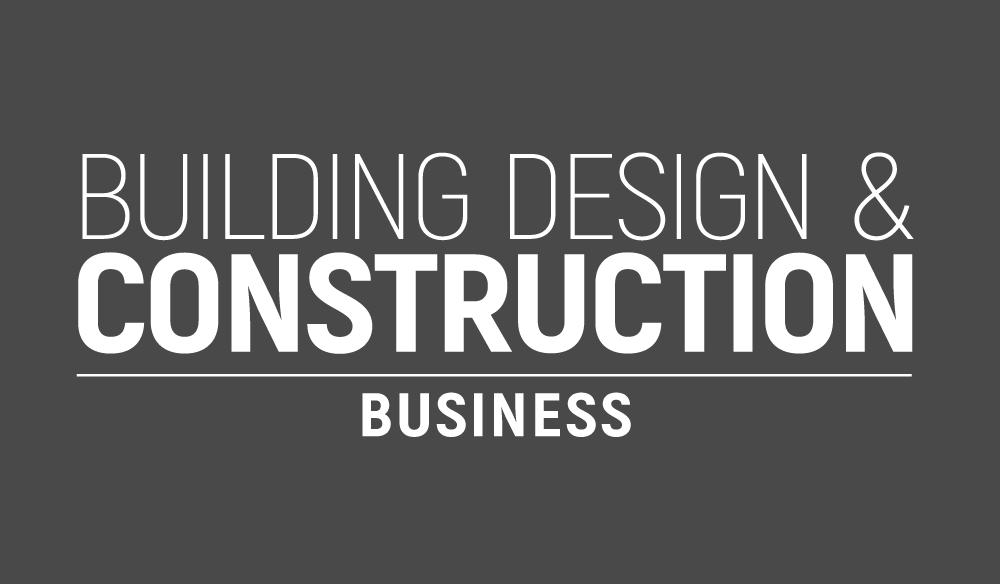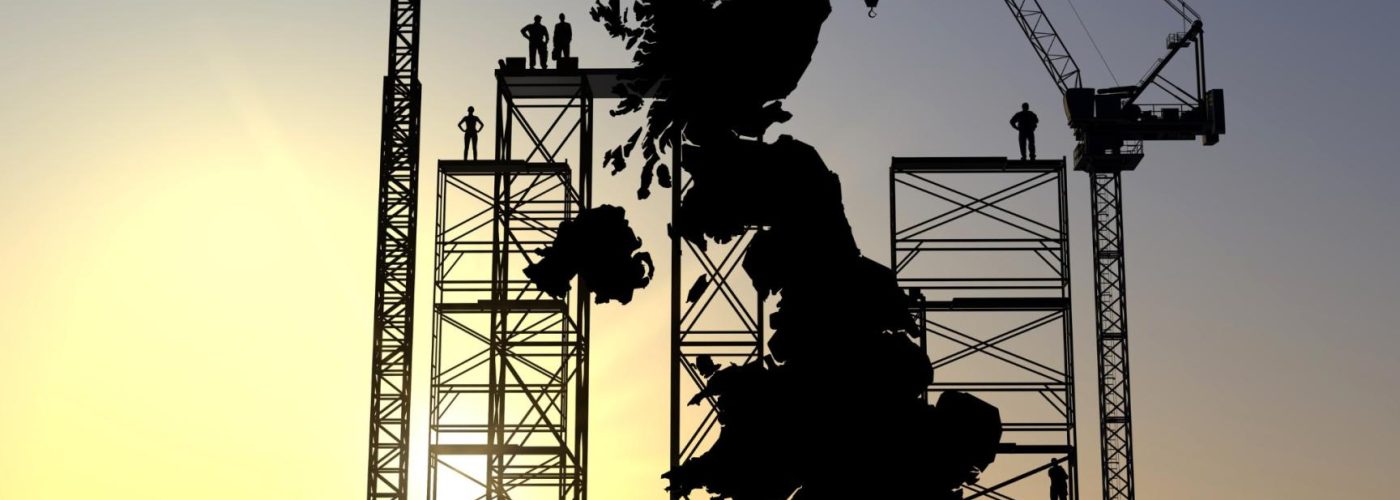- Starts on-site dropped 16% during the index period, remaining 15% below 2024 levels.
- Residential construction starts crashed, falling 26% on the preceding three months to September and 24% against last year
- Non-residential project starts declined 9% against the previous quarter, standing 5% down on a year ago.
- Civils work starting on-site increased 4% from Q2 2025, but fell 13% from 2024.
Today, Glenigan | Powered by Hubexo, one of the construction industry’s leading insight experts, releases the October 2025 edition of its Construction Index.
The Index reviews the three months to the end of September 2025, focusing on underlying projects with a total value of £100 million or less (unless otherwise stated). All figures are seasonally adjusted.
It’s a report which provides a detailed and comprehensive analysis of year-on-year construction data, giving built environment professionals a unique insight into sector performance over the last 12 months.
The October Index paints a bleak picture of continuing decline, with the impressive performance increases observed over spring and summer now feeling like a distant memory. The value of work starting on-site in the three months to September declined 16%, remaining 15% lower than the same period in 2024.
Performance fell in both the residential and non-residential sectors. The former was hardest hit, plummeting by around a quarter against the preceding three months (-26%) and last year (-24%), respectively. The impact on the latter was less severe, with drops of 9% against the preceding three months and 5% compared to 2024.
Once more, this highlights an industry being constantly buffeted by fresh headwinds. Battling against persistently low market confidence, poor investor appetite and trepidatious public spending, this trio of challenges is likely discouraging clients and contractors from commencing projects in the short term.
However, it wasn’t entirely doom and gloom; a couple of bright spots shone through the overall malaise. Similar to last month’s index, office starts were, once more, on the up. A relatively strong period, starts on-site soared by a third (32%) against the preceding three months and rocketed 123% on the previous year. A number of landmark developments have contributed to this impressive rise, including two high-value retrofits in London. One is at Bush House, the former BBC World Service headquarters, which is undergoing an £86 million transformation for King’s College London. Another is the £59 million retrofit of 30 Finsbury Square, located on the edge of the City of London.

Commenting on the results, Glenigan Economic Director Allan Wilen says, “It feels somewhat like déjà vu, where encouraging signs in the middle of the year have once more given way to further decline. Of course, there are several different factors at play. Looking at the residential market, project starts have faltered over the past quarter, which, perhaps, reflects the slower-than-anticipated recovery in house purchaser confidence, coupled with ongoing developmental delays. This is in part due to slow BSR approvals, which account for the sharp fall we registered in the apartment sub-vertical.
He continues, “It was great to see office starts continue its ascendancy and encouraging to see confidence flooding back into a vertical which has been largely subdued in recent years. However, these positive results were not nearly enough to mitigate the poor performance in other quarters, particularly health and education, which eclipsed these outlying areas of growth. As uncertainty once again tightens its grip, the industry will be looking ahead to the Autumn Budget to see what rabbits, however small, the Chancellor can pull from her hat, to help kick-start activity.”
Taking a closer look at the Index results…
Sector Analysis – Residential
The residential sector has failed to regain the renewed momentum it experienced in Q.2 2025. Overall starts were down 26% in the preceding three months, standing 24% below 2024 figures.
Drilling down further, private housing fell 25% during the Index period and 23% compared to the previous year.
It was a similarly disappointing story for social housing, with activity slashed by over a quarter (-29%) to finish 24% lower year-on-year.
Sector Analysis – Non-Residential
Aside from the outstanding results recorded for office construction, performance was generally poor in non-residential sectors.
Positive signs were registered in the Civils vertical, where work starting on-site increased 4% against the preceding three months but decreased 13% against the previous year. This was largely due to a modest spurt in infrastructure starts, which increased 9% against the preceding three months and rose by 4% over the previous year. This was tempered by a dip in utilities work, which declined 2% against the preceding three months to stand 26% down against the previous year
Elsewhere, the chips were decidedly down. Health experienced a poor period, falling 21% against the preceding three months and diving 30% lower than the previous year, whilst education fell 19% against the preceding three months and declined 32% against the previous year.
Reflecting subdued consumer confidence, hotel & Leisure declined 11% against the preceding three months and declined 1% against the previous year. Likewise, retail was down 17% against the preceding three months to stand 28% lower than 2024 levels.
Finally, community and amenity project starts declined 24% against the preceding three months but increased 12% against the previous year.
Regional Performance
Regional performance was decidedly sluggish, with the North West the only consistently robust performer, albeit only just, posting 6% increases against the preceding three months while managing to stay flat at 2024 levels.
It was a mixed picture in a couple of other regions. The North East declined 32% against the preceding three months, yet stood 54% up against the previous year. Similarly, the West Midlands dipped 13% against the preceding three months but rose by a more modest 5% compared to last year.
Elsewhere, it was across-the-board decline. The Capital experienced a poor performance, falling 27% against the preceding three months to finish 20% down against the previous year. The South East fared little better, declining 17% against the preceding three months to stand 25% down against the previous year. The South West also declined 24% against the preceding three months to stand 23% down against the previous year.
Find out more about Glenigan here: www.glenigan.com
Building, Design & Construction Magazine | The Choice of Industry Professionals





